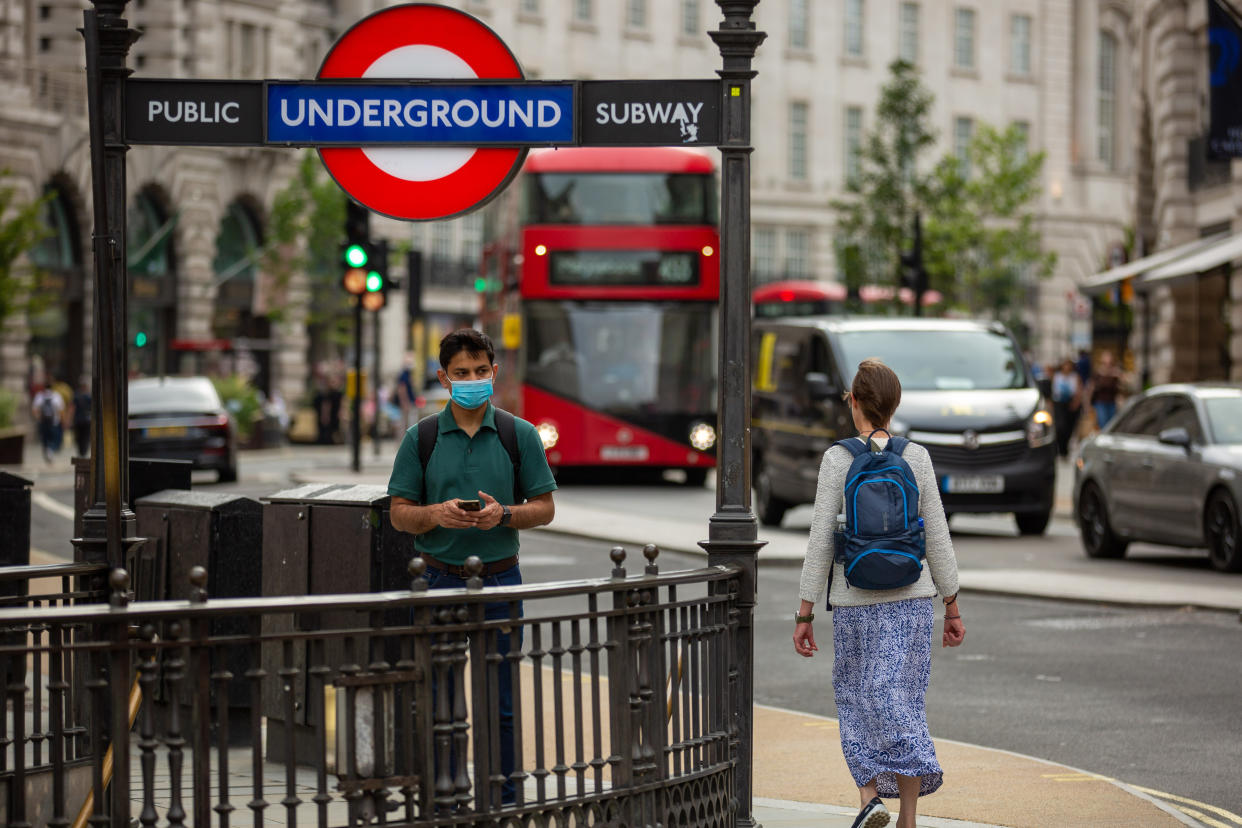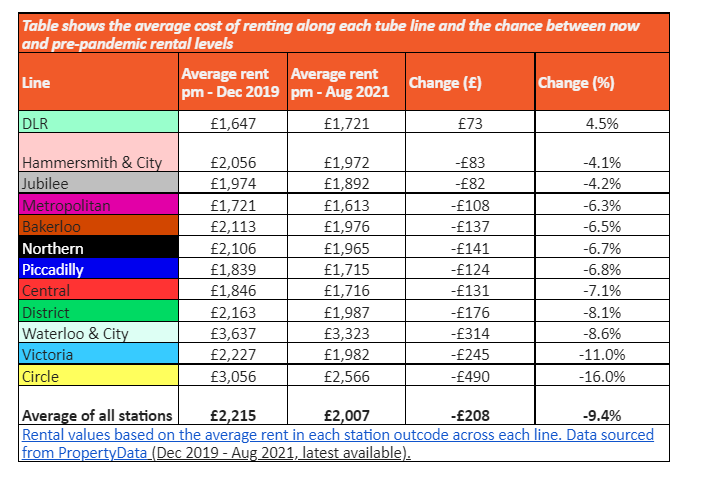Revealed: The cost of renting near a London tube station

The cost of renting a home near a tube station in London has fallen since the pandemic hit, new data has revealed.
Research by estate agent Benham and Reeves showed that in December 2019, prior to the outbreak of COVID-19 in the UK, the average cost of renting a property near a station was £2,215 ($3,053) per month.
This has since dropped to £2,007 – a decline of 9.4%.

“The close proximity of a tube station has always been a very sought after feature amongst London’s tenants and this convenience has traditionally commanded a rental price premium as a result,” said Marc von Grundherr, director of Benham and Reeves.
“However, with the pandemic forcing many to work from home, demand and rental values have fallen across London as a whole, with priorities shifting towards larger homes and green space as opposed to public transport availability.”
The Circle line saw the largest fall in rental prices, with the average cost of renting along the line falling 16% to £2,566 per month.
The Victoria line has also seen a double-digit drop of 11%, down from an average of £2,227 per month in 2019 to £1,982 currently.
The cost of renting near stations on the Waterloo and City line saw a fall of 8.6%, but at an average monthly rent of £3,323 it is the most expensive line to live around.
Read more: Staycations and daycations help UK retail recovery as spending booms
Those renting around the District line saw rents fall by 8.1%, while those along Central line stations saw a drop of 7.1% in their average monthly rent.
Meanwhile, the Hammersmith and City and Jubilee lines have seen the lowest reduction in the average cost of renting at 4.1% and 4.2% respectively, while the Metropolitan, Bakerloo, Northern and Piccadilly lines have all seen a drop of roughly 6%.
Renting along Met line stations is the cheapest of all the lines, with an average cost of £1,613.
While all lines have felt a fall in rent, there is one exception: the Docklands Light Railway (DLR), the train system serving the Docklands area in the east of London.
Before the pandemic, the average cost of renting along the DLR was £1,647 per month. This has since climbed by 4.5% to £1,721 a month.
Grundherr believes the overall downward trend is starting to reverse with more Britons returning to the capital, as lockdown restrictions ease and offices begin to open up.
“While renting close to a tube station still remains more affordable at present, tenants looking to secure a bargain need to act now in order to do so," he said.
He added that with many businesses planning a full return to the workplace in autumn, rental values are sure to bounce back imminently as a quick commute once again becomes a sought-after rental property feature.
Watch: The £2bn Green Home Grants scheme explained


